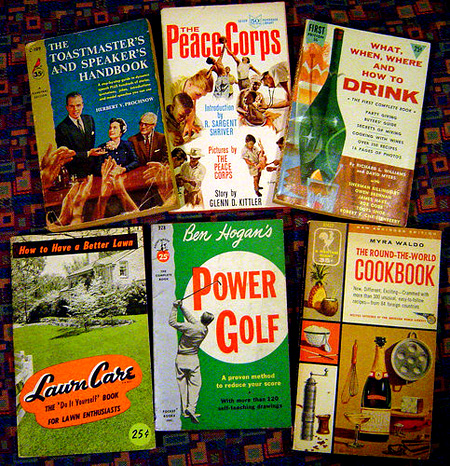
At the beginning of this week, I spent part of my lunch hour at the cafeteria (aka Whole Foods) casually consulting with a friend of a friend who’s checking the page proofs for her first book. It’s an anthology of articles about filmmaking, and it’s being brought forth by a reputable publisher of scholarly and professional books. Unfortunately for the author, her publisher is determined to produce the book as cheaply as possible: completely generic and poorly thought-out design, executed by apparently quite error-prone compositors in Hong Kong. She loathes the display type, she doubts the wisdom of the layout, she’s unhappy with the cover, . . . and her publisher has been fighting her at every step, since the moment the contract was signed. All in all, she’s not having a very warm and fuzzy experience as a first-time author.
And I’m torn, because she’s right—the interior design is hideous, and a lot of the layout choices just don’t make sense. For instance, perhaps half of the articles are interviews, and they’ve been indented on both sides, for their entire length. This wastes so much space that the body type in the book as a whole has had to be squeezed down quite small in order to make castoff. The design of the epigraphs and head notes is also ill-considered, and the front matter and display type throughout are extremely homely: too many fonts, too many styles, and utterly random indents throughout.
These are problems that a competent book designer/compositor, such as, oh, me or the designer friend through whom I know this person, could fix in one to two hours. I am dead certain that I could make the whole thing look much more inviting and coherent, while sticking to the desired page count, in less time than it will take the distraught author to mark up every single chapter title to be even small caps instead of caps + hideous fake small caps, as my friend and I cautiously recommended.
At the same time, however, looking wincingly at her stack of proofs, covered with Post-Its and liberally scrawled with deletions and additions, wordy corrections using nonstandard proofreading symbols, and requests for global layout changes, I deeply pity and sympathize with her editor and production crew. Continue reading “Is an educated author our best customer?” →









